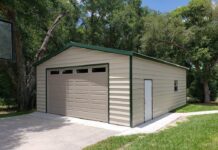Now that Spring is on the horizon, it’s a good time to start thinking about fixing up the damage that winter may have caused to your home. Use the guide below to start planning today to get on top of the maintenance needed and get your property in the best possible condition for next Winter!
Assess Your Roof
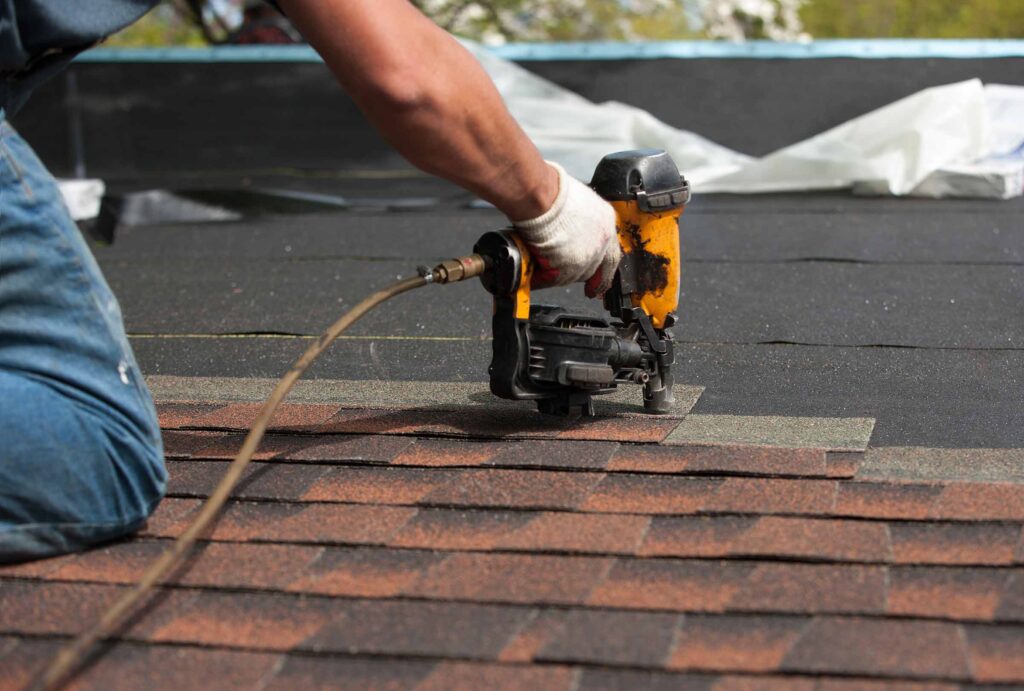
One of your first jobs, when the milder weather blows in, is to check your roof (or have professionals get up there to have a look) for storm or snow damage. Roofs can be one of the most expensive parts of a property to fix, so spotting problems early could equal big savings, as well as preventing water damage to the inside of your house that could be both costly and difficult to repair.
For safety, stand at a distance from your property and inspect using a pair of binoculars to assess the condition of the roof.
Gauge the Gutters
Your next job is to sort out the gutters. Fall can cause a build-up of leaves and plant debris that can result in blockages, potentially leading to a flood or damage to the gutter itself as the weight of water builds up over time. Ice dams can form on roofs, too, in cold weather, and these can also pull down both the gutter and nearby shingles, causing further damage to the exterior of your property.
You may want to consider installing special heating cables in the parts of the gutters most likely to see ice dams building up or have gutter screens fitted; both this job and gutter clearing itself are tasks that you could hire a professional to undertake for you if required.
Look for Siding Damage
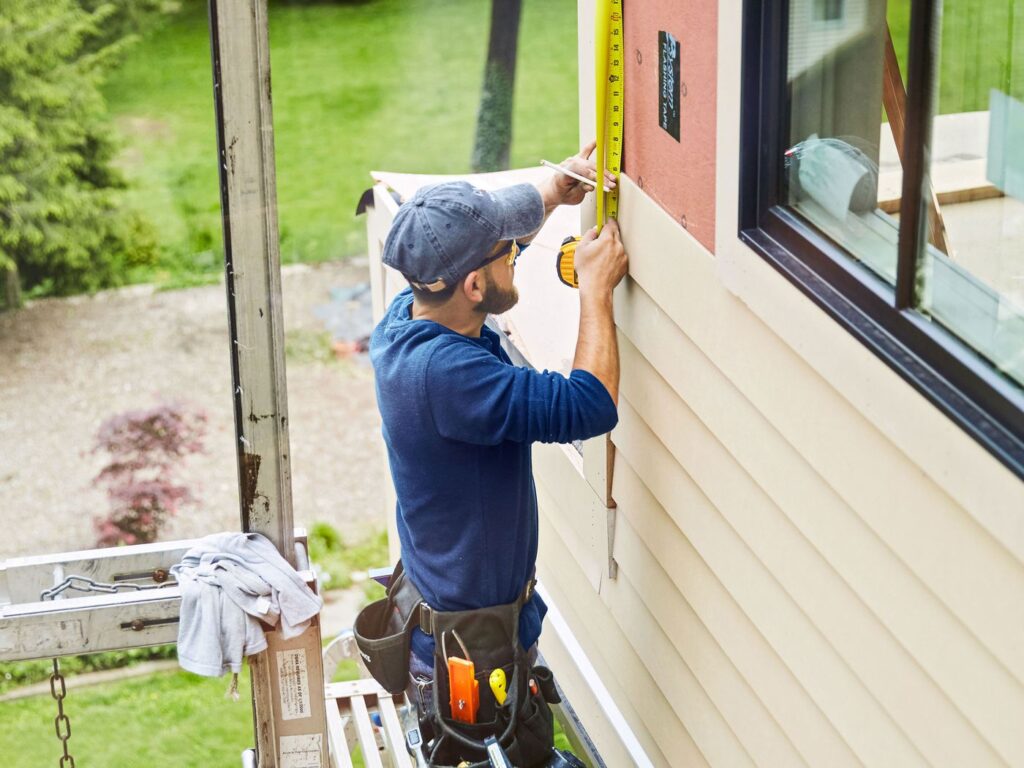
As soon as the worst of the weather is out of the way, it’s time to check the sidings of your house for damage that could have been caused by, for example, falling branches. If your siding is made of wood and cracks, this could cause a build-up of moisture and subsequent rot.
Look for bulging or loose edges, as these are tell-tale signs of damage to your siding; if you spot either of these things or other signs of problems, then get in touch with a professional as soon as possible. Siding is now usually available in a wide range of colors, meaning that you should be able to get a good match and so won’t need to replace such a large section.
Check for Ventilation Blockages
Ventilation openings, such as chimneys and flues, are especially vulnerable to storm damage and should be checked after Winter every year, even if they’re showing no outward sign of being damaged, and before a fire is once more lit. HVAC intakes and exhausts are also liable to get clogged with leaves and other debris over the colder seasons; blockages here can cause dangerous contaminants to build up in your property, so checking them regularly is vital.
Consider Windows
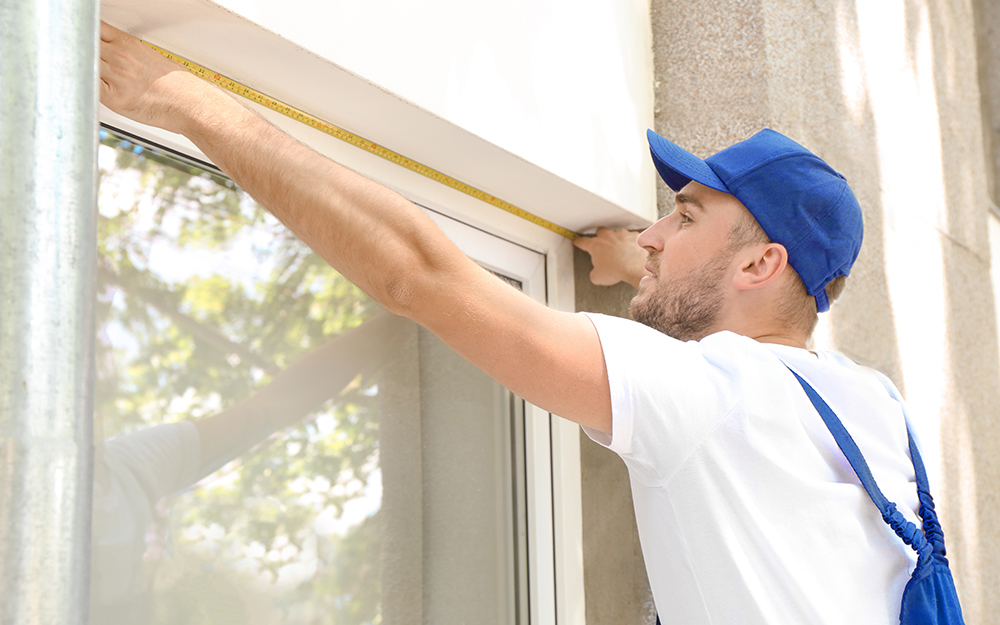
Next on your checklist is the windows of your home. Take some time to inspect each one carefully, looking for damage or wear. Well-fitted, properly sealed windows will keep draughts out, and warm air in and will also prevent moisture from finding its way into your property, which can potentially cause damage and a buildup of mold. Be on the lookout for wet patches around your windows or cracks in the caulking that can be the result of cold weather.
If your windows are showing signs of age-related wear and tear, or have suffered damage over Winter, then it’s worth considering getting them replaced. There is now a range of affordable choices in many different styles and designed to fit in a variety of property types. Have a look at this useful source for some options, including details of financing packages available and warranty cover.
Have a Look At the Exterior Paint
The next thing on your checklist is to assess the state of the exterior paint of your property; you’re particularly looking for areas of peeling. Peeling can be an indication of underlying cracks that can be caused by extremely cold weather. If left unattended, these cracks can harbor moisture which, in turn, creates ideal conditions for mold to grow.
You may choose to repaint these areas of peeling paint with new, waterproof exterior paint yourself or opt to hire a professional to come to do the job for you.
Remedy Cracks in Your Driveway
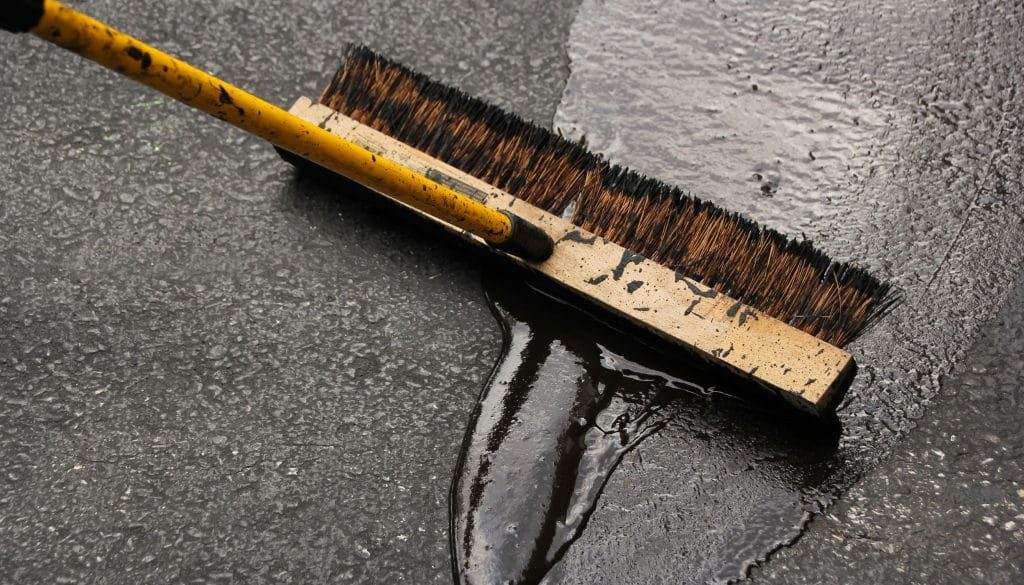
Over winter, be on the lookout for holes and cracks that appear in your driveway (these can be caused by water gaining entry to tiny spaces in the tarmac and expanding) and, come spring, put this on your checklist of things to get sorted. If left untreated, potholes usually degenerate over time, making for an uneven driveway that could cause damage to your vehicle. Once the warmer weather is well and truly settled in, cracks and potholes can be filled with tar to make for an even surface once again. Gravel can be used as a cheaper option but is fairly easily dispersed and will likely need to be frequently replaced.
Guard Against Frozen Pipes
Prevention is better than cure when it comes to frozen pipes – and is much less expensive, too! Put this on your maintenance list for late Summer, well before there’s a chance of the weather turning chilly. Cold weather is most likely to affect pipes located in the coldest areas of your property, such as the basement.
To prevent pipes freezing (and the risk of them subsequently bursting) during a cold snap, consider wrapping the exterior of the pipes in heating tape. This simple little fix could save you an awful lot of time and hassle.
Protect Your Plants

And finally, at some point in the Fall, put in place measures to protect the plants and lawn in your garden. Snow mold is a common problem that affects lawns over the winter; guard against it by clearing dead leaves and plant debris away regularly rather than letting it build up on the grass, trying to disperse large drifts of snow, rather than allowing large mounds to form on the lawn, or you could also consider using a special preventative fungicide.
Give your perennial plants the best chance of survival through winter possible by mulching around the base of each of them before the cold weather comes to help protect their root systems. You could also use physical protection: canvas or burlap sheets or snow fences are options that can help prevent your plants from being damaged by the elements.




